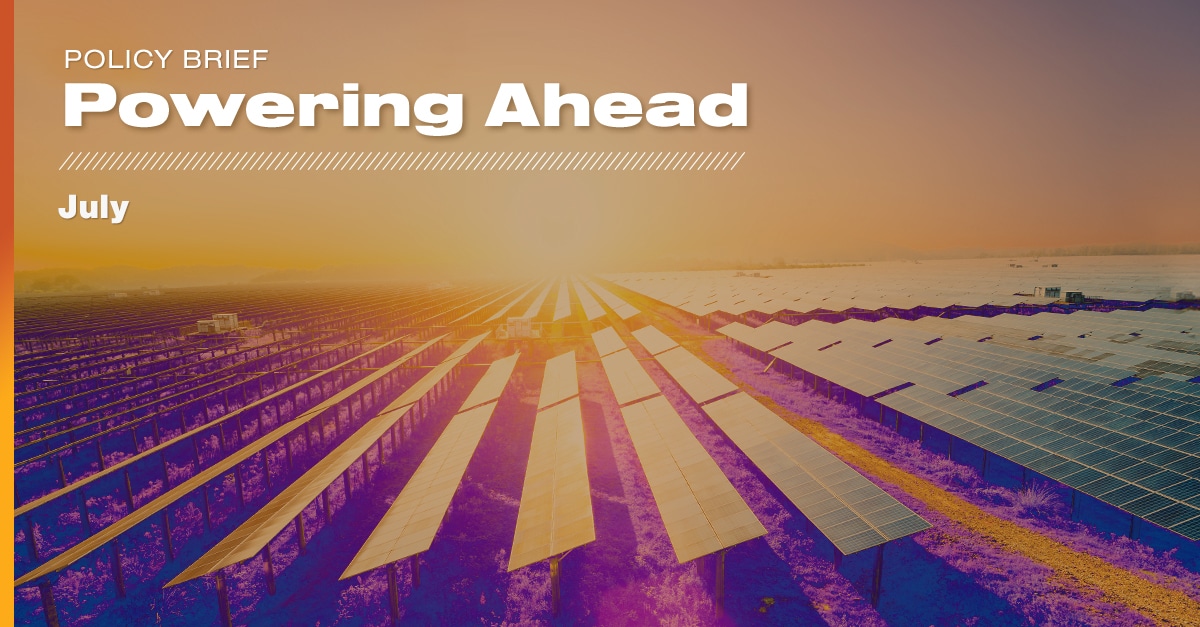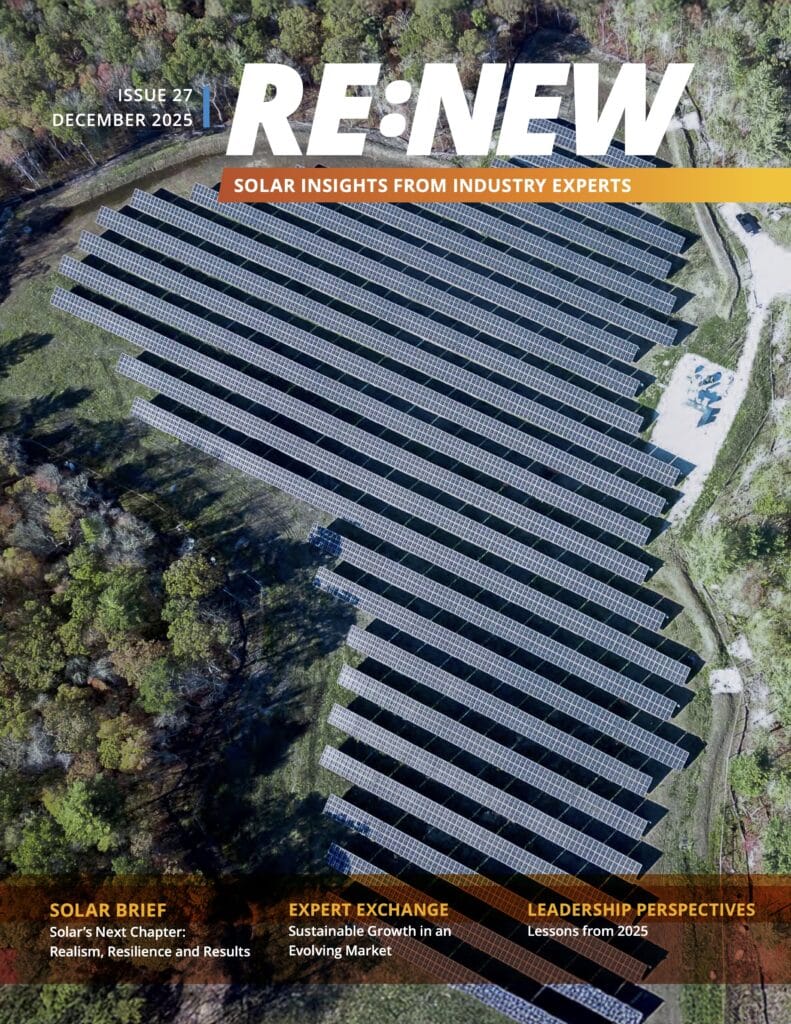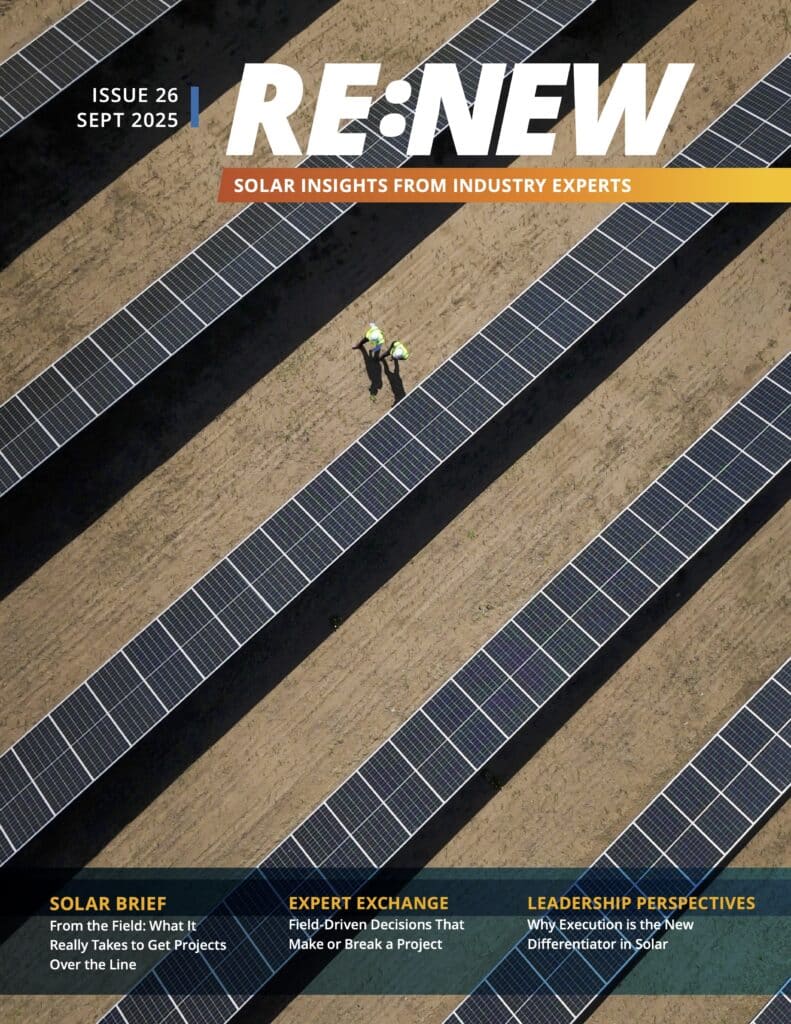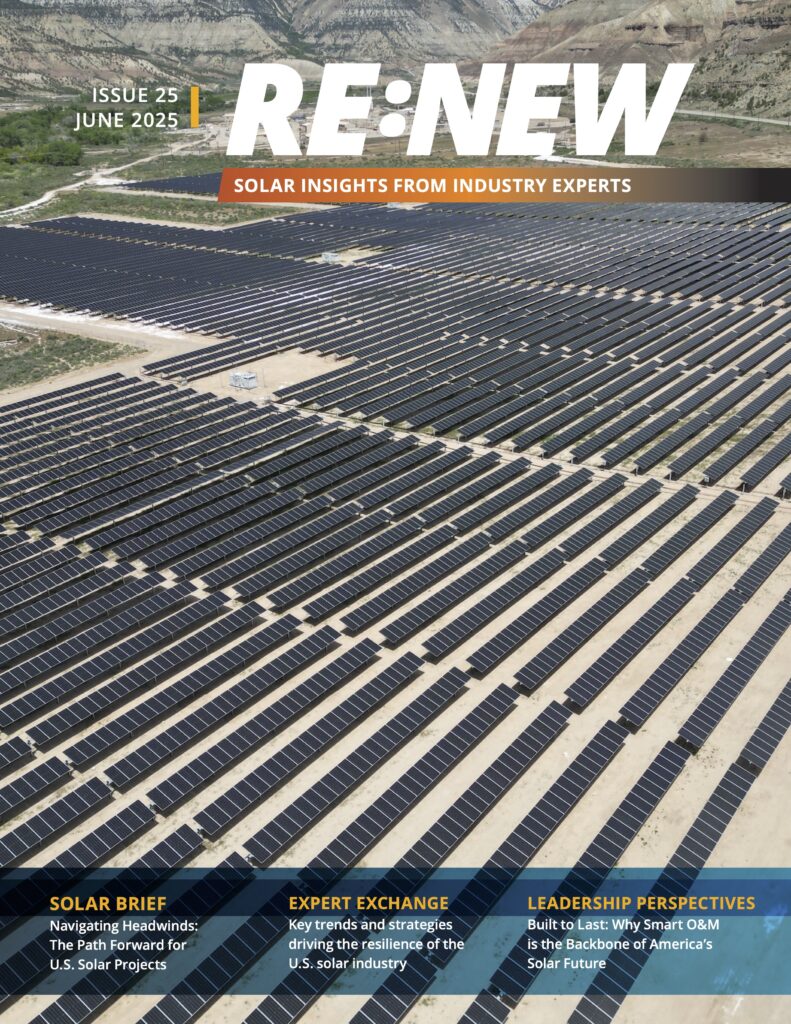This month’s blog examines the ongoing federal guidance regarding the IRA, which continues to help our industry move projects forward across all sectors. We also examine policy at the state level, which ranges from visionary legislation and regulatory decisions to less providential developments.
Here are the front and center issues that we are watching as July moves forward:
Federal Updates
The industry continued to celebrate the fact that the Department of Treasury (Treasury) and IRS keep providing guidance on the IRA. They published final rules on the Prevailing Wage and Apprenticeship requirements providing more clarity pay, the number of apprentices employed, and the ratio of workers who come from qualified apprenticeship programs.
Proposed Rules on the Clean Electricity Production and Investment Credit were also unveiled. In 2025, traditional ITC and PTC will be phased out to transition the Tech Neutral credits, opening the ITC / PTC up to cover facilities that release no Greenhouse Gas Emissions into the atmosphere, such as Hydropower, Marine and hydrokinetic, Geothermal, Nuclear fission and more.
While the 30-day application window for the 2024 Low-income Communities Bonus Credit Program year closed on June 27th, applications are now accepted on a rolling basis with the 2024 program year carrying over unused capacity from the 2023 program year. Category 1 and 4 received more capacity than the previous year, amounting to 800 MW and 900 MW respectively. For more information on this, click here.
The IRS also released Notice 2024-41, which offers additional guidance on the IRA’s domestic content bonus credit. It provides taxpayers with an additional option to potentially qualify for the bonus credit, specifically by allowing taxpayers to elect to use estimated cost percentages for certain types of manufactured products and their components. The guidance also clarified how to treat product mixes that include both domestic- and foreign-origin articles and how to address hybrid PV and BESS systems.
On the trade front, the two-year moratorium by the Biden Administration expired. The Administration promptly placed imported bifacial solar panels back under Sec. 201. Additionally, U.S. Trade Rep. Katherine Tai announced further action on Section 301 tariffs following her four-year review, including a new focus on Chinese solar products.
Northeast Updates
We begin our regional review with the Northeastern states. The Maine legislature passed Legislative Document 1153, which amends property tax exemption requirements for solar equipment below 5MWac if the solar energy generation meets specific requirements. Happily, Massachusetts’ Joint Telecommunication, Utilities and Energy (TUE) Chairs and Executive are actively seeking to achieve consensus on a comprehensive clean energy siting and permitting reform package. The Massachusetts DOER is also holding a stakeholder review session for the 2024 SMART Straw Proposal on July 22nd and 23rd. More details to come.
And yes, in New York, we are still waiting for a decision from the Public Service Commission on National Grid’s petition to impose design changes and additional costs on interconnecting projects at any time before commissioning, which would heavily impact both future and finalized projects.
Mid-Atlantic Updates
A partisan dance is playing out in Pennsylvania around the CCSA’s Community Solar bill (HB 1842). The bill is stalled in the Senate Consumer Protections and Professional Licensure Committee where Democrats and Republicans are working on coming to an agreement. The Senate did introduce Governor Shapiro’s PACER bill, which curtails carbon emissions from the state’s power plants, as well as the PRESS Act, which raises the Alternative Energy Portfolio Standard to 35% by 2035. We await some kind of movement on both those bills.
Rulemaking for SB 253, Dominion’s expansion of its Community Solar program, and SB 255, the APCo Community Solar Program, will probably begin in Virginia in July as they are both required to be adopted early next year.
New Jersey has been particularly active as of late. The Board of Public Utilities (BPU) issued proposed rules on the Dual Use Solar Energy Pilot Program bolstering agrivoltaics. Key parameters include a 36-month run with the possibility of extending the program by 12-24 months, a 200MWdc cap.
Three bills had movement in the New Jersey Senate. S2816 was passed mandating electric public utilities to submit and implement electric infrastructure improvement plans to the BPU within two months. S3399, requiring end-of-life PV recycling across all sectors, and S3308, addressing utility scale grid supply interconnection, are in review in the Senate Environment and Energy Committee.
We’re happy to see regulations for Maryland’s Permanent Community Solar bill rounding the corner to bring it closer to its January 1, 2025 due date. The proposed regulations received broad support from the Public Service Commission after some minor edits, and approval is expected by the end of the month. Next up for consideration? Consolidated billing and other billing and crediting issues.
Midwest Update
The 2024-2025 Illinois Shines Program began accepting applications on June 3rd for the 2024-25 program year. There were two community solar bills under consideration in Ohio. The House Public Utilities Committee was trying to address opposition to HB 197 based on alleged cost-shifting, but those efforts have stalled. In the Senate, SB 275 was under review by the Energy and Public Utilities Committee to introduce virtual net metering. The two Bills have a an opportunity in the lame duck session at the end of this year, if not they’ll be reintroduced early next year.
Alas, there is disappointing news in Minnesota, in sharp contrast with recent legislative successes there. The Public Utilities Commission finalized its ruling to transition Community Solar Gardens under the Applicable Retail Rate to the Value of Solar. The decision negatively impacts numerous owners and operators operating in the state. Stay tuned for more on this front.
We are relieved to see that Michigan’s community solar bills, SB 152 and SB 153, remain on track for passage. It is an uphill battle ahead, but it is not impossible. Focus will be on the lame-dcuk session.
Western Updates
We wrap up by looking at developments in the West. The community solar bill in Alaska, mandating that the Regulatory Commission develop the necessary rules and regulations, is still awaiting Governor Dunleavy’s signature.
Unfortunately, the California Public Utilities Commission (CPUC) continues to stymie efforts for a viable community solar market. They persist in pushing for “tweaking” the existing unsuccessful green tariff programs and are behind the cost shift justification for rejecting the Net Value Billing Tariff promoted by CCSA.
In contrast, SB 1374 passed through the Senate, is moving through the General Assembly, and will hopefully progress to Governor Newsom’s desk for his signature. The Bill improves the virtual net metering for properties with multiple meters.
More Recent Blog Posts
Delivering on Our Promise: 2025 in Review
December 11, 2025
Scott Wiater · 3 min read
How Student Health Unlocks School Energy Projects
December 3, 2025
Standard Solar · 4 min read
The Remarkable Growth of Community Solar in the District of Columbia
October 22, 2025
Standard Solar · 2 min read
Navigating a Solar Market in Transition: Takeaways from RE+ 2025
September 26, 2025
Megan Byrn · 3 min read





Share